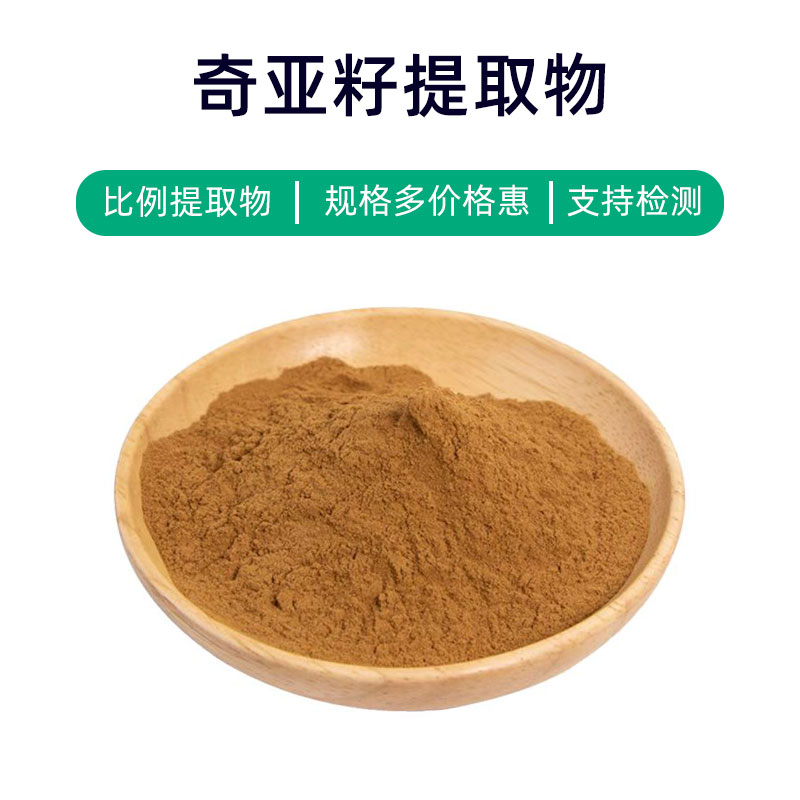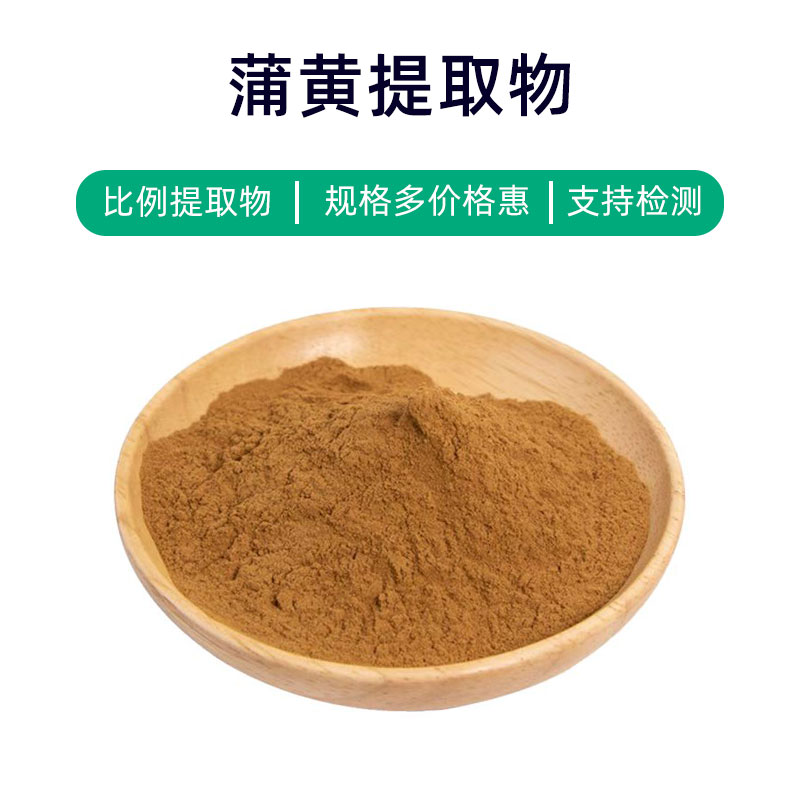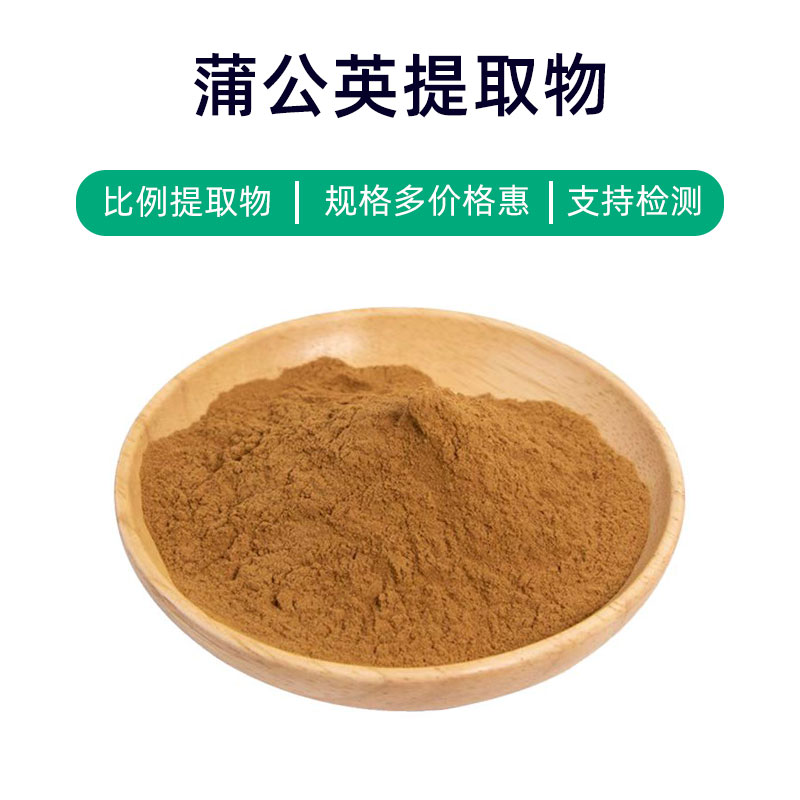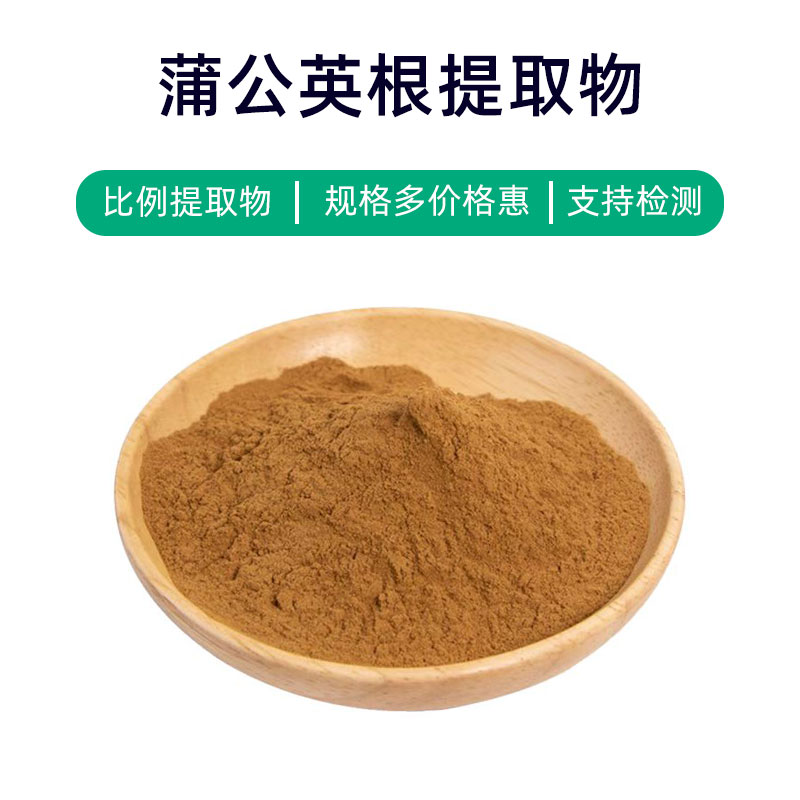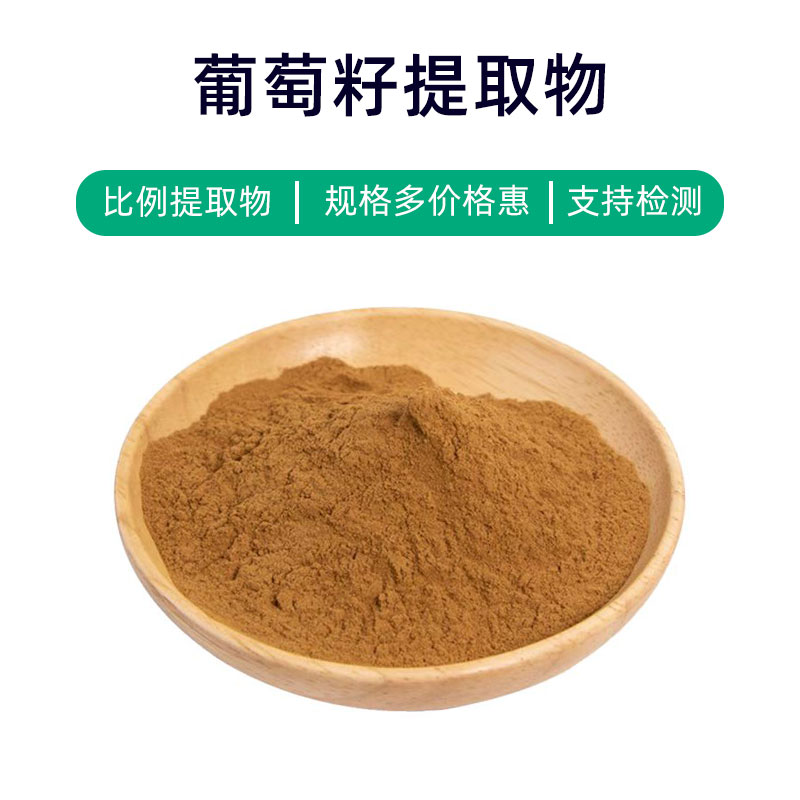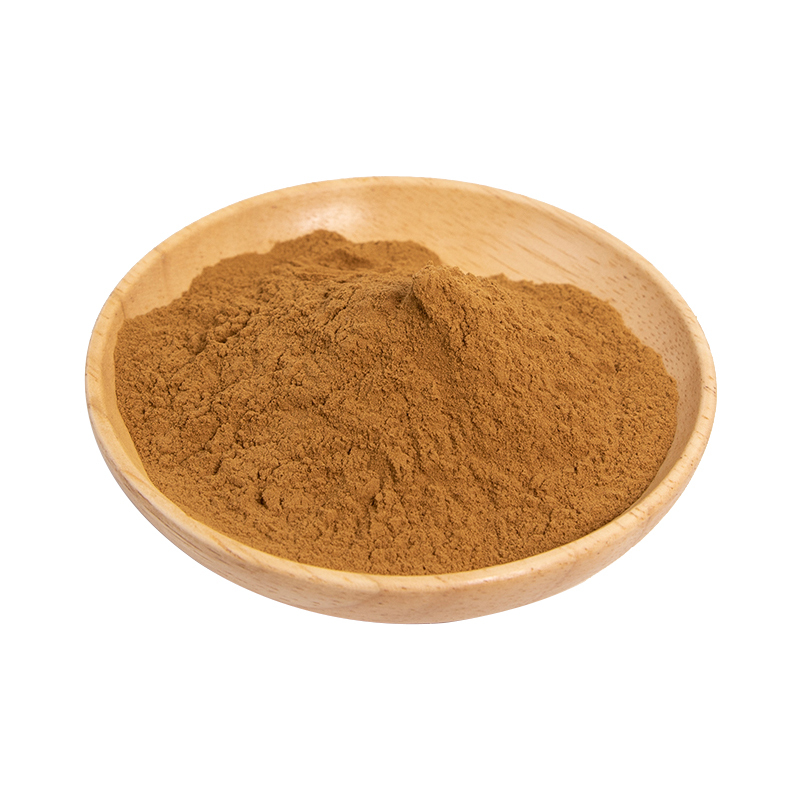Introduction to Taxus Cuspidata Extract
Taxus cuspidata extract is derived from the bark and leaves of the Taxus cuspidata tree, with main components including taxine alkaloids, taxol, and flavonoids. These compounds provide the extract with various effects and applications.
Primarily, Taxus cuspidata extract exhibits antioxidant properties, capable of neutralizing free radicals and slowing cellular aging, thus helping to protect cells from oxidative damage. Additionally, it has shown anti-inflammatory characteristics, which can alleviate inflammation and symptoms such as skin redness and itching. Moreover, it also displays anti-tumor activity, inhibiting certain tumor cells, making it a potential candidate for cancer treatment.
In medicine, Taxus cuspidata extract is often used to prepare drugs targeting oxidative stress, inflammation, and tumors for treating related diseases or as an adjunctive therapy. In the health supplement sector, it is utilized to produce supplements aiming to offer antioxidant and anti-aging benefits to promote health. Furthermore, it is extensively used in cosmetic formulations, such as skin care and anti-aging products, to enhance skin texture and delay the aging process.
Overall, as a natural plant extract, Taxus cuspidata offers diverse benefits and applications, including antioxidant, anti-inflammatory, and anti-tumor effects, showing promising potential in the realms of medicine, health supplements, and cosmetics.
Production Process of Taxus Cuspidata Extract
The production process of Taxus cuspidata extract typically includes the following steps:
- Raw Material Preparation: Select fresh bark, leaves, and other parts of the Taxus cuspidata tree as extraction materials; wash and process the raw materials to remove impurities and foreign objects, ensuring the purity and quality of the extract.
- Crushing and Grinding: Grind the cleaned parts of the Taxus cuspidata to enhance extraction efficiency and solubility.
- Solvent Extraction: Use suitable solvents (such as ethanol or ethyl acetate) to extract the active components from the Taxus cuspidata materials, allowing the compounds to dissolve in the solvent.
- Solvent Recovery: Recover solvents using distillation or other methods to evaporate the solvent from the extract to obtain the pure extract.
- Concentration and Drying: Concentrate the extract solution to remove excess moisture, then dry it to transform the extract into a powder or liquid product.
- Refinement and Purification: Further refine and purify the extract through processes such as filtration, crystallization, and precipitation to enhance its purity and activity.
- Testing and Quality Control: Conduct quality testing on the finished extract, including testing for active ingredient content, microbial contamination, and harmful substances like heavy metals to ensure the product meets relevant standards.
- Packaging and Storage: Package the qualified Taxus cuspidata extract using appropriate materials and methods for sealing, then store it in a dry, cool, well-ventilated area, avoiding direct sunlight and high temperatures to maintain the product's stability and activity.
Effects and Side Effects of Taxus Cuspidata Extract
Taxus cuspidata extract, derived from the Taxus cuspidata tree, boasts various benefits, primarily including:
- Antioxidant Action: Rich in natural antioxidants such as flavonoids and polyphenols, it effectively scavenges free radicals, protecting cells from oxidative damage and delaying the aging process.
- Anti-Inflammatory Action: The active components in Taxus cuspidata exhibit anti-inflammatory properties, reducing the occurrence and progression of inflammation and alleviating pain and discomfort caused by inflammation.
- Immune Regulation: The extract can enhance immune function, promoting the activation and proliferation of immune cells, improving body resistance, and preventing and treating various autoimmune diseases.
- Anti-Tumor Action: Some active components in Taxus cuspidata demonstrate anti-tumor activity, inhibiting the growth and spread of tumor cells and inducing apoptosis, showing potential therapeutic effects on certain cancers.
- Cardiovascular Protection: The extract helps lower lipid levels, reduce blood pressure, and dilate blood vessels, contributing to cardiovascular health and preventing conditions like atherosclerosis.
- Memory Improvement and Neuroprotection: Certain components provide protective effects on the nervous system, aiding memory improvement and preventing age-related cognitive disorders.
- Antibacterial and Antiviral Effects: Taxus cuspidata extract inhibits various bacteria and viruses, aiding in the prevention and treatment of infectious diseases such as colds and influenza.
Despite its numerous benefits, there are some side effects and precautions when using Taxus cuspidata extract:
- Overuse may lead to digestive discomfort, dizziness, and nausea; therefore, usage should align with medical advice and product guidelines.
- Special Populations: Use should be cautious for pregnant or breastfeeding women and children to avoid adverse effects on fetuses or infants.
- Consultation Recommended: Patients with serious cardiovascular diseases or liver and kidney dysfunctions should consult a doctor prior to usage to avoid adverse reactions due to drug interactions or health conditions.
In conclusion, Taxus cuspidata extract has vast application prospects and good medicinal value, but proper usage is essential to avoid adverse reactions and ensure safety and efficacy.
Application Scenarios and Dosage of Taxus Cuspidata Extract
Taxus cuspidata extract has broad applications across pharmaceuticals, food, and cosmetics, yielding various benefits. Below are application scenarios and dosages for different fields:
- Pharmaceutical Field:
- Cancer Treatment: This extract is extensively used in the development and production of anti-cancer drugs for treating cancers like breast, lung, and prostate cancer. Administration is usually by oral intake or intravenous injection, with dosage determined by a doctor based on patient specifics.
- Immune Regulation: It may serve as an immune modulator to enhance immune function, preventing and treating autoimmune diseases; general usage is oral, guided by physician recommendations.
- Anti-Inflammatory Treatment: Used for inflammatory diseases like arthritis and rheumatoid arthritis, it shows significant anti-inflammatory effects. Common administration methods include topical applications or oral intake, with dosages determined according to condition and medical advice.
- Food Industry:
- Nutritional Supplements: Taxus cuspidata extract can be used as an ingredient in health supplements, providing antioxidant and anti-aging effects, promoting overall health; typically, daily oral intake is suggested, with dosage adjusted per product guidelines.
- Food Additive: It may be used as an additive in functional foods to enhance their nutritional value and functionality.
- Cosmetic Industry:
- Skin Care Products: Due to its antioxidant, anti-inflammatory, and anti-aging properties, Taxus cuspidata is often added to skin care products to improve skin texture, reduce wrinkles, and inhibit pigmentation; typically used topically as per product instructions.
- Cosmetic Formulations: It also serves as a functional ingredient in various cosmetic formulations, such as masks, lotions, and serums, to enhance product performance and attractiveness.
Overall, Taxus cuspidata extract has significant prospects for application in pharmaceuticals, food, and cosmetics; however, it is essential to adhere to proper usage guidelines and follow product specifications and medical recommendations to ensure safe and effective use.
Introduction to the Source Plant of Taxus Cuspidata, Distribution, and Growth Environment
Taxus cuspidata, commonly known as the Japanese yew, is a large evergreen tree belonging to the Taxaceae family, an ancient species with a history dating back millions of years. Below is an overview of the plant’s source, its distribution, and its growth environment.
Plant Source:
Taxus cuspidata is a large tree, reaching heights of over 20 meters. Its bark is grayish-brown with distinct vertical fissures, and the crown is conical. The leaves are spindle-shaped, dark green, with pronounced white stomatal bands on the underside. The tree bears spherical seeds enveloped in red arils. It presents a tall, upright stature with dense branching and foliage.
Distribution:
Taxus cuspidata is primarily found in Eastern Asia, including regions of China, Japan, Korea, and Russia's Far East. In China, it is widely distributed across northern regions of the Yangtze River, particularly in the mountainous and valley areas of North China, Northeast, Northwest, and Central China, thriving at elevations ranging from 300 to 2500 meters.
Growth Environment:
- Geographical Environment: Taxus cuspidata mainly grows in temperate and arctic regions, favoring moist environments and adapting well to areas with abundant sunlight and humid air.
- Soil Environment: It does not have strict soil requirements, preferring fertile, well-drained soils and showing strong adaptability to acidic soil conditions.
- Climate Environment: Taxus cuspidata is highly adaptable, withless stringent climate requirements, though it possesses strong cold tolerance.
- Altitude Range: This species can thrive at various elevations, typically finding its habitat in mountainous areas above 500 meters.
In summary, Taxus cuspidata is a prevalent tree species in Asia, widely distributed and adaptable to diverse growth environments, primarily found in the temperate and arctic mountainous areas of China and Japan, favoring moist, sunlit locales with flexible soil requirements and broad altitude adaptability.
Processing and Storage of Taxus Cuspidata Extract
Processing of Taxus cuspidata extract includes the following steps: Initially, collect the bark, leaves, or seeds of Taxus cuspidata, then grind and crush these materials to effectively release active components. Subsequently, an appropriate solvent—often water, ethanol, or other organic solvents—is employed for extraction. Post-extraction, the solution undergoes concentration and filtration steps to remove impurities and solvents, resulting in a pure extract. Finally, further refining and processing are conducted according to requirements to yield the desired Taxus cuspidata extract.
For storage, it’s advised to keep Taxus cuspidata extract in a cool, dry, and ventilated area, away from direct sunlight and heat. The extract should generally be kept in sealed containers to prevent moisture and oxygen ingress. Under appropriate storage conditions, Taxus cuspidata extract can maintain its active components' stability and effectiveness for an extended period.
Monica Sun is a seasoned expert in the plant extraction industry with over a decade of experience in research and production. She specializes in the extraction and purification of plant active ingredients, focusing on driving innovation in natural product applications. Monica has participated in the development of multiple functional plant extracts, delivering high-value natural raw material solutions for the health food, pharmaceutical, and dietary supplement sectors.









